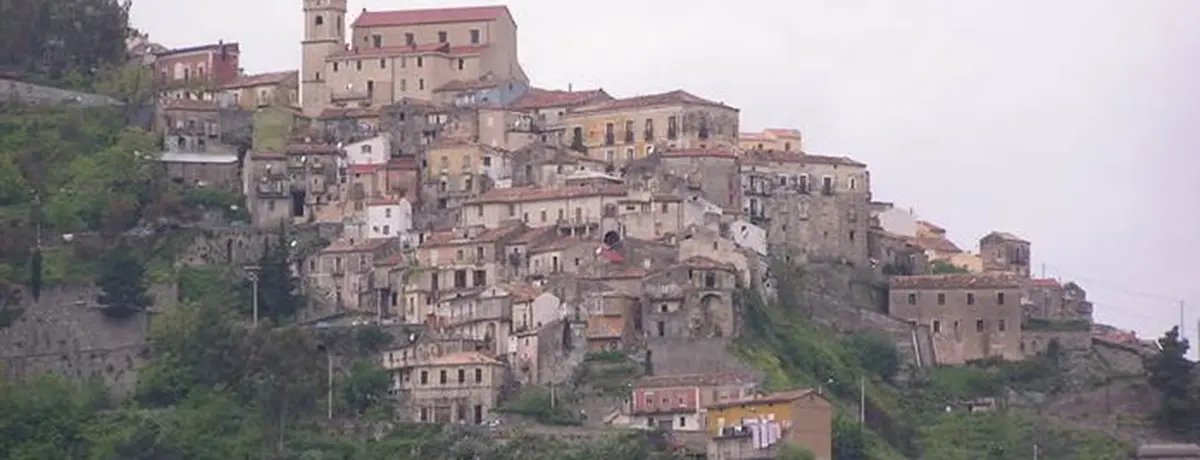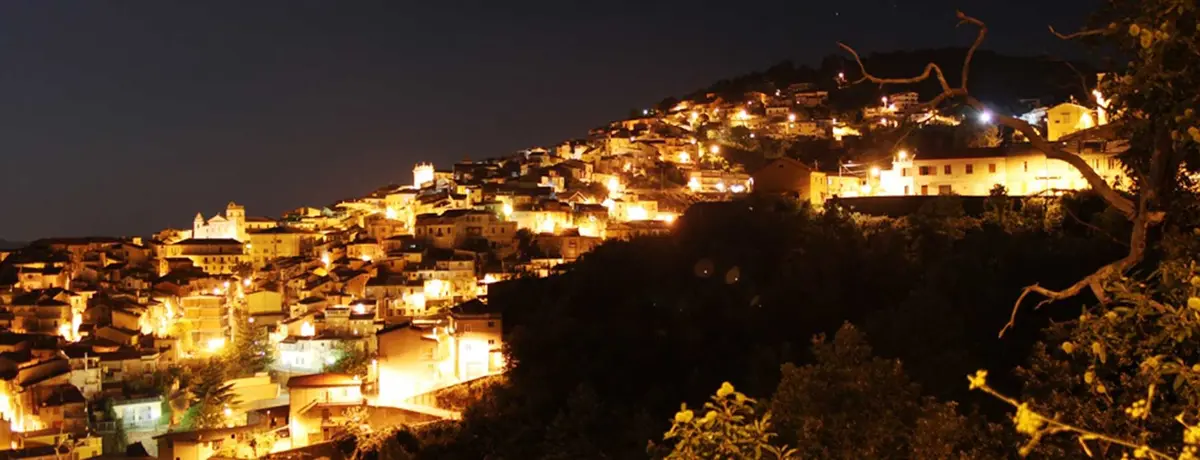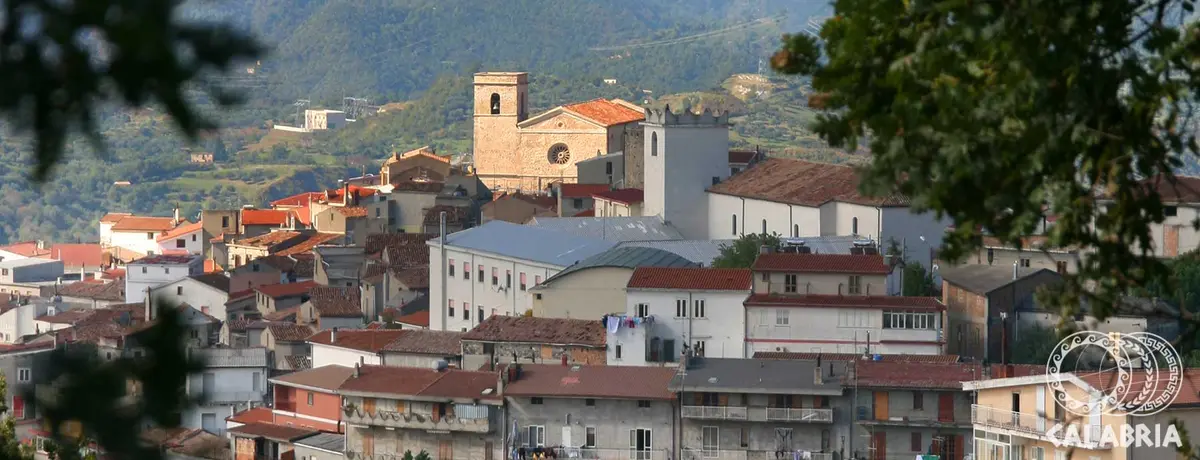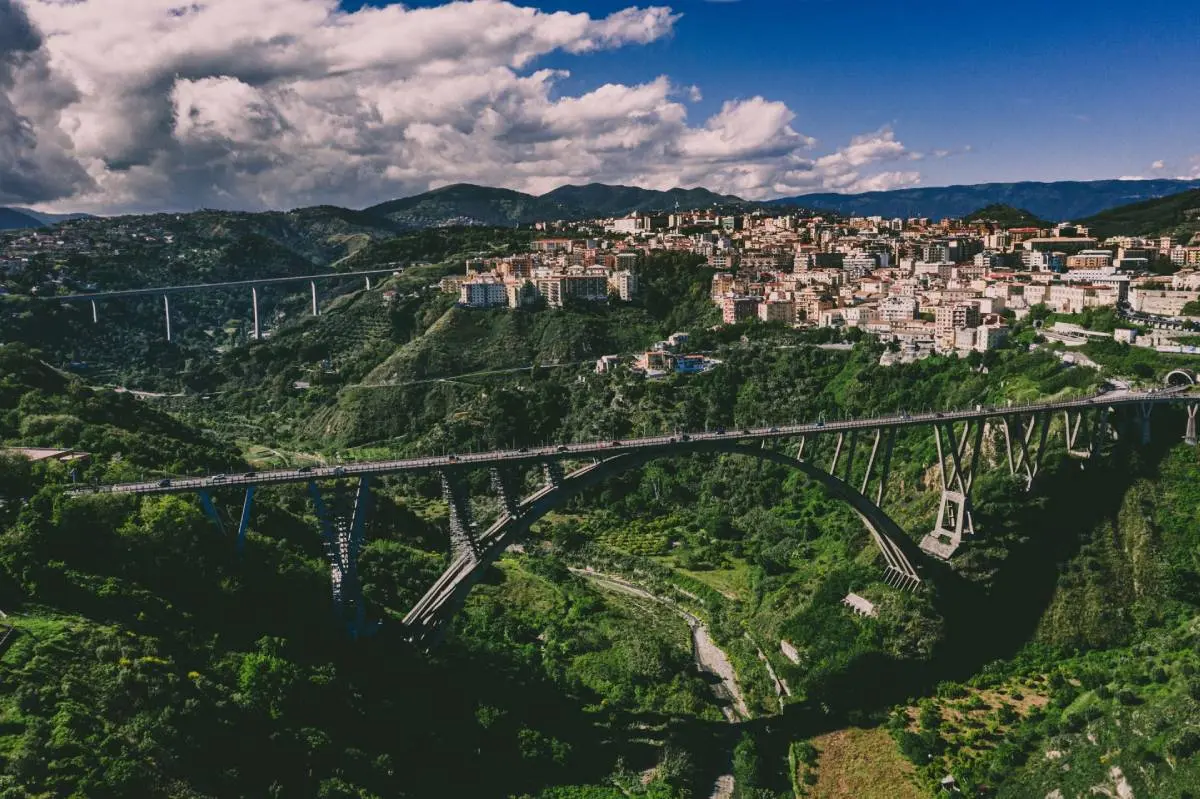Cropani
Medieval village Blue Flag, between the Ionian Sea and the Sila

Art and Culture
Cropani - Regione Calabria
The ancient village of Cropani, in the province of Catanzaro, boasts a panoramic position on the Ionian coast, making it possible to reach both the sea and the foothills of the Sila National Park (Sila Piccola) within minutes.
With its Blue Flag beach, Cropani Marina is surrounded by extensive Mediterranean maquis and olive-grown countryside, Cropani is a delightful ‘’slow‘’ destination for the whole family, in all seasons of the year.
The territory of Cropani Marina is home to the mouth of the Crocchio river, an interesting place for nature lovers and wildlife watchers, as it is included among the Sites of Community Importance (SCI); as are the hiking itineraries in the hills around the village, rich in gorges, waterfalls and archaeological sites ranging from the Neolithic to the Late Antique period.
The historical centre of Cropani is a veritable terrace overlooking the sea, as well as a small concentration of buildings and works of art. It starts with the beautiful 13th-century Cathedral, which features a tufa façade, an imposing bell tower and a 15th-century arabesque wooden ceiling. Inside, you can visit the small Antiquarium, which houses sacred art and vestments from the 16th century. In addition to the Cathedral, the Church of Santa Lucia, the Church of Santa Caterina (which includes the Oratory of Sant'Anna), the Church of San Giovanni, with a high bell tower, and Sant'Antonio (which includes the Capuchin Convent) are worth a mention.
The historical buildings, the Watchtower and the Old Gate (13th century) take us back to the time when the village was fortified and looked to the sea as a potential Saracen danger.
No result









